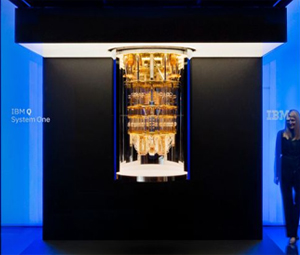
NASA’s Jet Propulsion Laboratory is collaborating with Microsoft’s Azure Quantum team to figure out how to communicate with spacecraft more effectively. Staying in touch with such spacecraft may not seem challenging in comparison to some of the constraints NASA has faced in putting missions like Perseverance on Mars. However, relaying instructions to all of the agency’s active missions is a logistical burden in and of itself.
NASA relies on the Deep Space Network, which consists of a network of radio antennas spread throughout the United States, Spain, and Australia. It enables the agency to maintain continuous touch with its spacecraft while the Earth revolves. NASA emphasizes that scheduling the usage of the system has several limitations. Not every dish in the network, for example, is equally capable of interacting with spacecraft near the solar system’s edge. Furthermore, missions such as the James Webb Space Telescope and the Perseverance Rover add to the system’s load by transmitting large amounts of high-fidelity data back to Earth.
As a result, NASA must spend significant computing resources to prioritize and schedule the hundreds of communication requests received each week by its teams. That’s where Microsoft saw an opportunity to assist. The business used part of what it learned improving quantum algorithms to solve NASA’s scheduling problems with classical computers. The company spent two hours preparing a DSN timetable at the start of the project. Microsoft built a timetable in 16 minutes using its Azure network. It was also able to manufacture one in two minutes thanks to a “custom solution.”
Microsoft claims that the ability to create schedules in minutes rather than hours would provide NASA greater flexibility and allow them to be more nimble as an organization. Microsoft says it has to do more work before the system has all of the characteristics JPL need, but it might one day aid the team as it prepares to launch more sophisticated missions to the Moon and outside of the solar system.
- Can Your Company Blog Be Featured In Google News? - December 20, 2023
- Bringing Back Vision: Smart Glasses Help the Blind “See” Through Sound - November 2, 2023
- Apple intends to largely push generative AI into its devices and services - October 25, 2023




